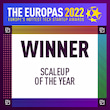NFT marketplaces are platforms for trading non-fungible tokens or NFTs. These marketplaces provide an opportunity for those interested in digital art, whether they are creating it or seeking opportunities to trade these unique digital assets.
The global NFT market is valued to reach $61 billion in 2025 at an annual growth rate of 41.6%. This clearly shows a huge opportunity for artists, connoisseurs and purchasers of digital art in the NFT marketplace to grow and compete.
For an entrepreneur, an NFT marketplace might be a promising idea. And if your marketplace aligns most closely with user expectations, art enthusiasts will choose it as their preferred place to trade and mint NFTs, and you, as the owner, will benefit from launches, sales and advertising.
We bring you a comprehensive understanding of functional requirements, technologies and more for your NFT marketplace. Plus, we'll also help you learn some of the best post-launch strategies to market your platform to the global market.
Let’s dive in.
Functional requirements for NFT marketplaces
Now that you are looking for some must-have features for your NFT marketplace, here are some great examples you might want to have for a smooth user experience. 👇
Storefront
A storefront feature in an NFT marketplace helps buyers to look at, search for and buy NFTs. It has an intuitive design for displaying digital assets. For sellers, it has tools to list, manage and track their NFTs. This makes trading easy and safe.
Advanced search and filters
Search and filtering options help users find NFTs based on criteria such as category, price, creator and date of creation. This boosts the user experience and makes it easier to discover desirable NFTs.
Bidding and auctions
A well-made bidding system with features like automatic bidding, reserve prices and timers that count down adds a dynamic element and increases engagement on the platform.
Wallet integration
The NFT marketplace transactions usually happen with cryptocurrencies. This requires seamless integration with popular cryptocurrency wallets to facilitate secure and easy transactions where users can easily view their balances and manage their NFTs directly from the marketplace.
Transaction and multiple payment options
Clear and detailed history of transactions should be easily accessible for any user. This builds trust and helps users keep track of their activities. Additionally, introducing multiple payment options, including various cryptocurrencies and fiat currencies caters to a wider range of users.
Security measures
NFT marketplaces are prone to malicious and suspicious external attacks. Security features like two-factor authentication (2FA), strong encryption and regular security audits protect user data and assets.
Analytics and insights
Your platform should also include tools for users to track their portfolio performance, market trends and other relevant data. This can help users make informed decisions and stay competitive in the market.
Reviews and ratings
NFT market place should have features of providing reviews and ratings. This helps people who are new to the platform in making informed decisions. Also, NFTs with higher reviews and ratings are given credit for authenticity and are often listed with priority.
User experience
The marketplace should be designed mindfully in a way that it should look visually appealing and also be easy to use and interact with on any device from anywhere.
Choosing the right technology stack
Choosing the right technology for your NFT marketplace is important. For this, you need to undergo different steps to finalise your tech stack because it'll further help you in creating a scalable, secure and an efficient marketplace for users.
Define your requirements
Clearly define your needs to understand what your NFT marketplace needs to do. This includes features, user experience, security features and more. This allows you to make informed decisions about which technologies will best meet those needs.
Evaluate front-end technologies
The front-end is the user's first point of interaction with your platform. Choosing the right front-end technology helps create a fast, responsive and visually appealing user interface. Frameworks like React.js and Vue.js can speed up development and provide a rich user experience.
Assess back-end technologies
The back-end needs to handle a growing number of users and transactions. Technologies like Node.js with Express.js are known for their scalability. High-performance back-end technologies help your platform to handle high-traffic, complex operations and data security efficiently. Frameworks like Django and Flask offer built-in security features.
Select blockchain and smart contract technologies
The blockchain is the core of your NFT marketplace, where Ethereum is the most widely used blockchain for NFTs and Solidity is the primary language for smart contracts. Web3.js and other libraries enable seamless integration with the blockchain, allowing you to interact with smart contracts and manage transactions.
Choose storage solutions
Decentralised storage solutions like IPFS are more cost-effective and resilient compared to traditional centralised storage. It makes NFT metadata and media files be stored securely. Also, cloud storage solutions like AWS S3 and Google Cloud Storage provide scalable and reliable storage options.
Security considerations in NFT marketplace development
NFT marketplaces are prone to vulnerability, and so it's always important to choose platforms which are secure. Here are 5 security considerations in NFT marketplace development, which you might want to know before building your own platform.
Smart contract errors
Every NFT has a smart contract, which is a set of loaded instructions on the blockchain. These smart contracts are prone to bugs and can lead to vulnerabilities if not protected rightly, further, leading to loss of funds or NFTs. So, it’s important to thoroughly audit smart contracts with third-party security firms and implement rigorous testing to identify and fix errors.
Phishing attacks
Phishing is a common threat in the NFT market. Users can be lured to unknown websites or platforms through emails for passkeys or to sign malicious transactions. Implementing strong security measures, such as 2FA, secure wallet integrations and regular security audits can prevent phishing attacks.
Insufficient security audits
Not all platforms are safe and pass basic security checks. This is why it's important for platforms to be safe and have regular checks. As failing to conduct thorough security audits can leave the platform open to unknown vulnerabilities and risks.
Art forgeries
Art forgeries on NFT marketplaces are a significant concern, as creators can upload fake or unauthorised copies of artworks. These forgeries can deceive buyers and undermine the value and authenticity of genuine NFTs.
To address this issue, marketplaces should implement verification processes, including artist verification and blockchain-based provenance tracking. Additionally, educating users about the importance of verifying the authenticity of NFTs can help reduce the risk of purchasing forgeries.
Insufficient data privacy
NFT marketplaces can lead to the exposure of sensitive user information, such as personal details and transaction histories. This vulnerability can result in identity theft, financial loss and a lack of user trust. To protect user data, you need to store it safely and have strict rules about who can access it.
Post-launch strategies for NFT marketplaces
Post-launch, it's important for you to maintain user engagement, attract new customers and make your platform competitive and relevant in a rapidly evolving market.
Community building
Actively engage with your community on platforms like X, Discord and Instagram. Share updates, behind-the-scenes content and user-generated content. You can also start by creating forums or groups where users can talk about NFTs, your marketplace and share tips.
Partnerships and collaborations
Collaborate with influencers and creators in the NFT space to promote your marketplace. Create and share valuable content, such as blog posts, videos and podcasts about NFTs and your marketplace to attract a wider audience.
Paid advertising
Use targeted ads on social media and other platforms to reach potential users. You can begin by sending regular newsletters with updates, new listings and special offers to keep users engaged.
Incentives and programs
Implement loyalty programs that reward frequent users with discounts, early access to new NFTs or other perks. You can also introduce referral policies and encourage users to refer your platform to their friends by offering rewards for successful referrals.
Feature enhancements
Regularly collect and act on user feedback to improve the platform and add new features. Continuously update the platform with new features to keep it fresh and competitive.
Analytics and Metrics
Monitor key performance indicators (KPIs) such as user engagement, transaction volume and user retention. Use data-driven reports to make informed decisions about marketing, product development and user experience improvements.
Conclusion
NFT marketplaces are a popular platform for creators and collectors to buy, sell and trade unique digital assets.
The latest growth in the NFT market has been driven by innovation through some unique features, leading to newer marketplaces with higher transaction volumes.
Embracing AI and other emerging technologies on these platforms can further drive growth and boost competitiveness.
This is where working with the best in the industry significantly increases your chances of successfully building a high-quality marketplace, powered with AI.
Builder.ai helps you build your AI-powered platform builder efficiently. We:
✅ - Assign you a dedicated project manager, who keeps all stakeholders on your app project aligned and on track — you never need to speak to a software developer or write a single line of code
✅ - Speed up development time by giving you access to a comprehensive library of reusable features, fitted together by AI
✅ - Give you upfront costs and competitive timelines so your project stays under control
If that’s something you’d like to explore, please get in touch 👇
Create robust custom software today
100s of businesses trust us to help them scale.
Book a demoBy proceeding you agree to Builder.ai’s privacy policy
and terms and conditions
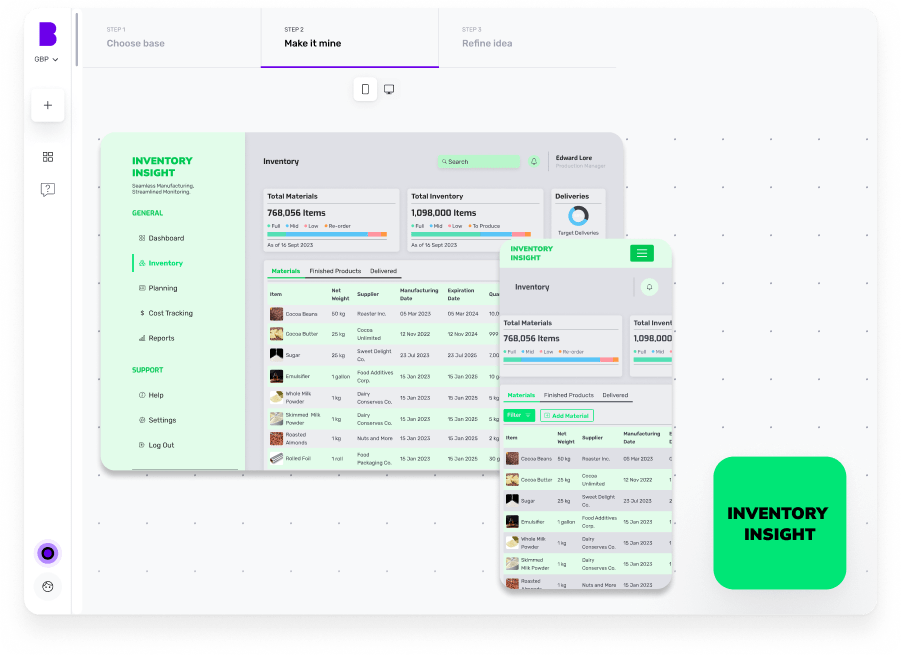
FAQs
What are the main components of an NFT marketplace
An NFT marketplace includes a user-friendly interface, blockchain integration, back-end services, secure storage, authentication, payment processing, community features, analytics and more.
How do I choose the right blockchain for my NFT marketplace?
Consider transaction speed, security and community support. Evaluate popular blockchains like Ethereum, Binance, Smart Chain, Solana and Polygon. Also, evaluate a test version and get feedback from users to make a final decision.
How do NFT Marketplaces make money
NFT marketplaces earn revenue through transaction fees on sales, listing fees and sometimes royalties on secondary sales. They may also offer premium services, advertising and partnerships to generate additional income.
What features are necessary for an NFT marketplace?
Essential features include secure wallet integration, listing and bidding systems, transaction history, search and filter options for multiple blockchains.
How do I ensure security in my NFT marketplace?
To ensure security in your NFT marketplace, implement robust smart contracts, use multi-signature wallets, conduct regular security audits and provide 2FA. Teach users how to be safe and watch out for strange things.
What are the challenges in building an NFT marketplace?
Building an NFT marketplace comes with several challenges, including platform security, managing scalability, navigating regulatory compliance, fostering community trust and providing a seamless user experience. You also need to stay updated with rapidly evolving blockchain technology and market trends.
How long does it take to develop an NFT marketplace?
Developing an NFT marketplace can take anywhere from 3 to 12 months, depending on the complexity of features, team expertise and development approach. Factors like security, scalability and regulatory compliance can extend the timeline as well.
Harsh Priya is a writer at Builder.ai. She has over 3 years of experience in content marketing, spanning across fields like AI, Machine Learning, software, tech, health and lifestyle. With a background in English literature and a fervent passion for research and analysis, Harsh transforms complex concepts into compelling and insightful narratives that educate and drive significant reader engagement.

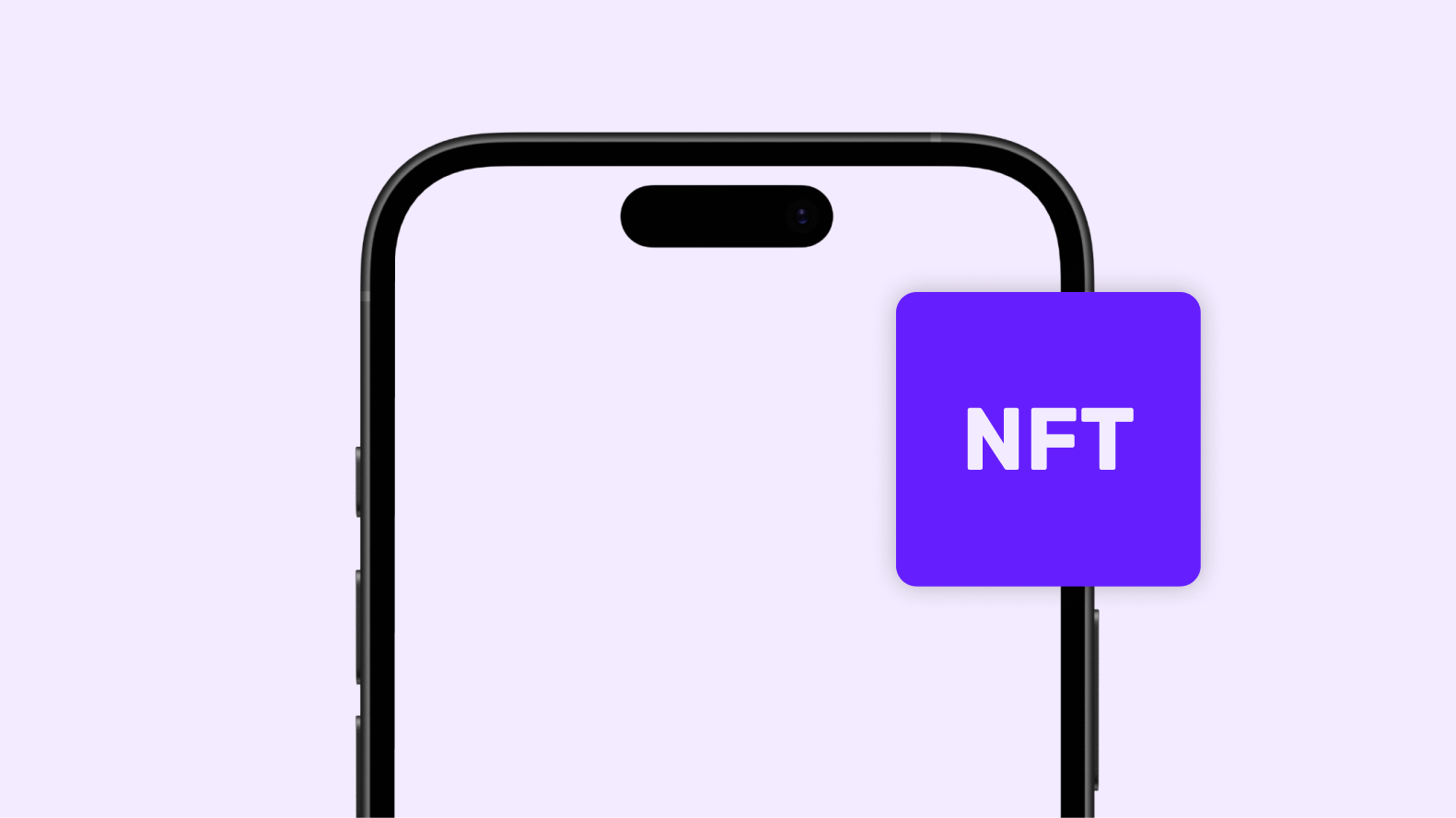

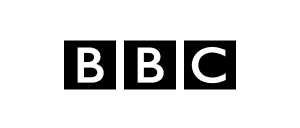
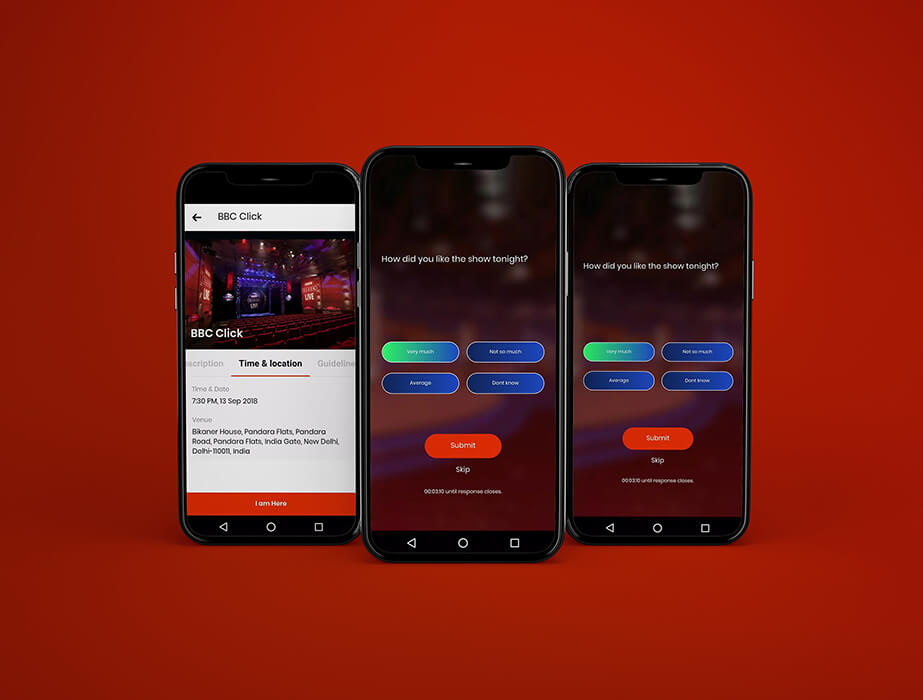

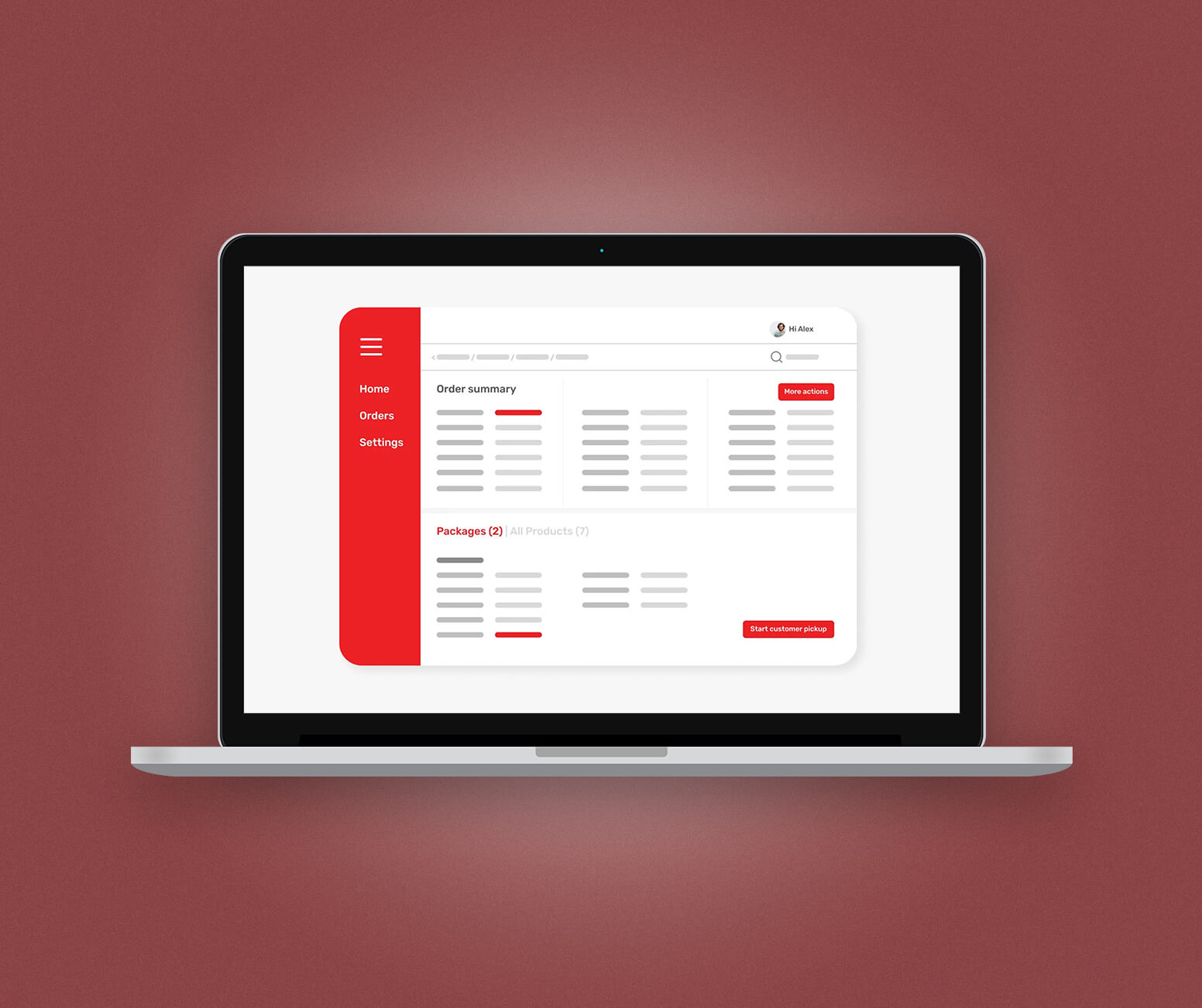

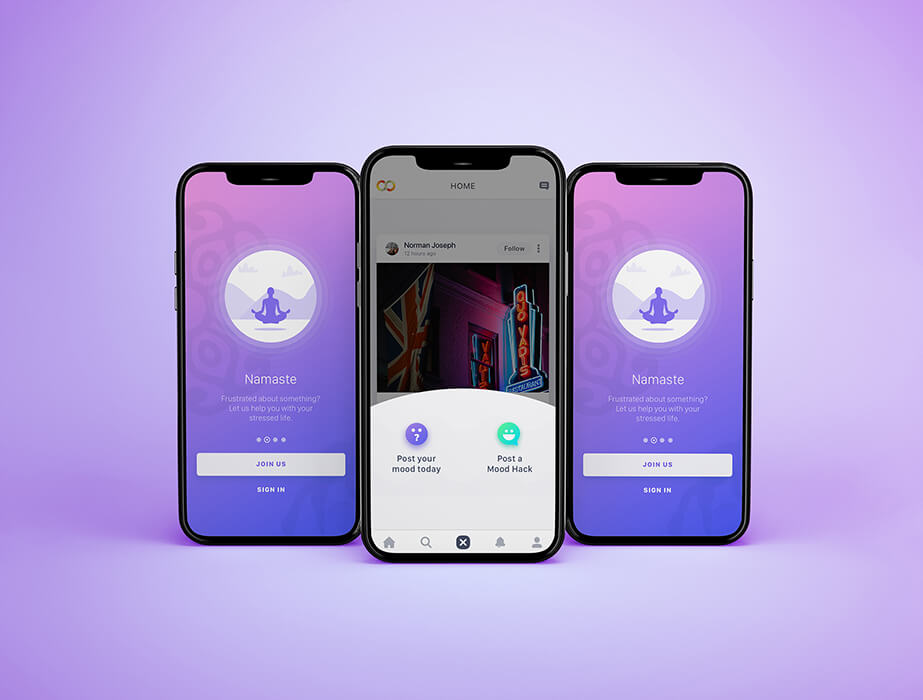

 Facebook
Facebook X
X LinkedIn
LinkedIn YouTube
YouTube Instagram
Instagram RSS
RSS